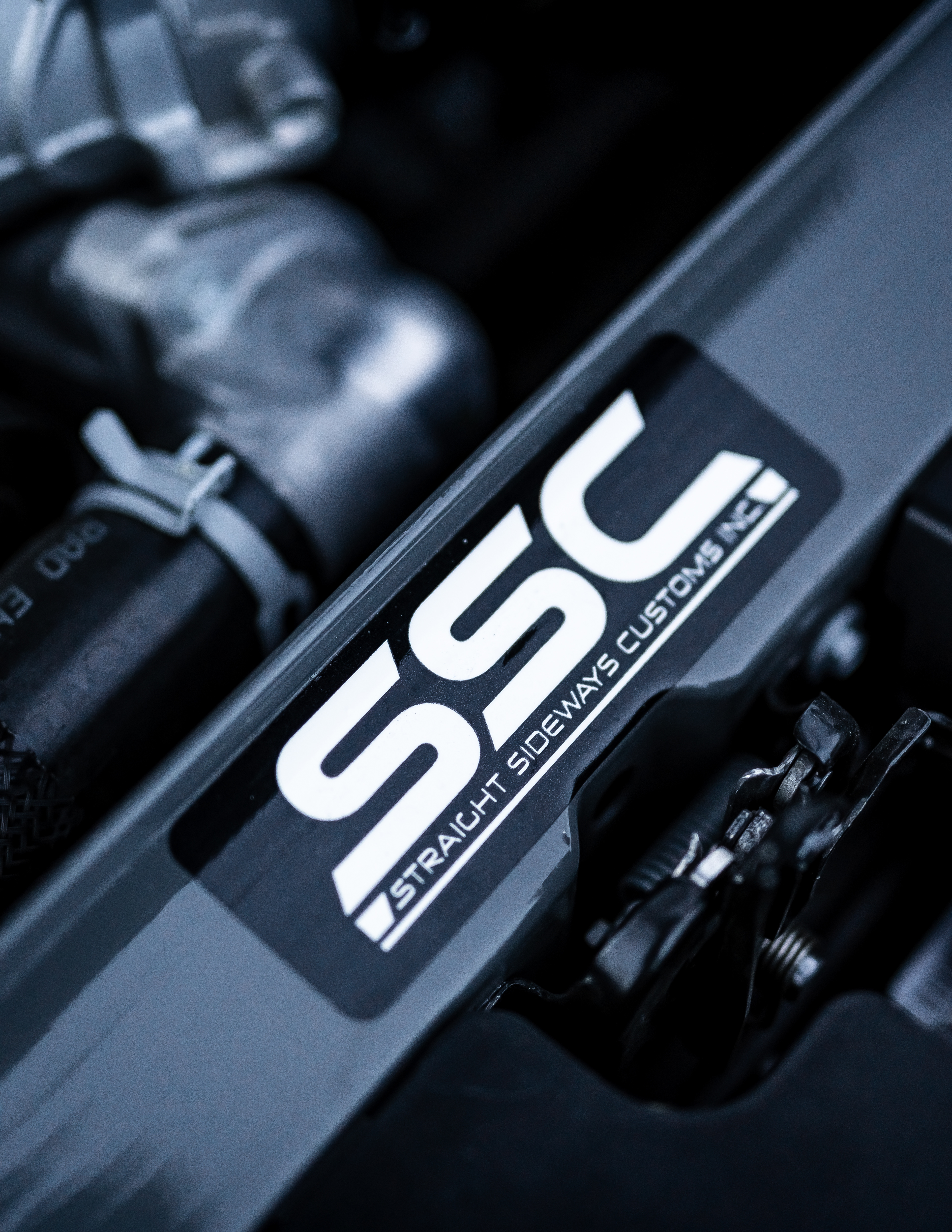Top 10 Tips for Capturing Stunning Automotive Photography in Kelowna, BC
Automotive photography is an art form that combines technical skills with a keen eye for aesthetics. Whether you're a seasoned photographer or just starting out, capturing stunning images of vehicles in Kelowna, BC, can be a rewarding experience. This guide provides you with ten essential tips to elevate your automotive photography game
Understanding the Basics of Automotive Photography
The Importance of Location
Kelowna, with its picturesque landscapes and vibrant urban settings, offers a plethora of locations perfect for automotive photography. The backdrop of Okanagan Lake, vineyards, and mountains can add a dramatic flair to your shots. Scout for locations that complement the car's style, whether it's a sleek cityscape or a rustic countryside.
Time of Day Matters
Lighting can make or break your automotive photos. The golden hours—shortly after sunrise and before sunset—provide soft, warm light that enhances the vehicle's features without harsh shadows. Midday sun, while bright, can create unflattering shadows and reflections, so it's best to avoid shooting during this time.



Preparing Your Vehicle for the Photoshoot
Cleaning and Detailing
A clean car is a photogenic car. Make sure the vehicle is thoroughly washed and detailed before the shoot. Pay attention to the windows, tires, and any chrome or metal surfaces. A spotless car reflects light better and highlights its design lines more effectively.
Choosing the Right Accessories
Accessories like custom rims, spoilers, or decals can add character to the vehicle and make your photos stand out. However, ensure that these accessories align with the overall theme of the shoot and don't distract from the car's primary features.



Mastering the Art of Lighting
Utilizing Natural Light
Natural light can be your best friend in automotive photography. Overcast days provide diffuse light that minimizes harsh shadows and reflections. Position the car so that the light falls evenly across its surface, highlighting its contours and features.
Incorporating Artificial Light
In situations where natural light isn't sufficient, or to create specific effects, artificial lighting can be used. LED panels, softboxes, and even handheld lights can help you illuminate areas of the car that need more emphasis. Experiment with different lighting setups to find the most flattering angles.



Perfecting Your Composition
Finding the Right Angles
Experimenting with different angles can reveal new and interesting perspectives of the vehicle. Low angles can make the car appear more powerful and imposing, while high angles can provide a comprehensive view of its design. Move around the car and shoot from various positions to discover the most dynamic compositions.
Framing and Backgrounds
The background plays a crucial role in automotive photography. A cluttered or distracting background can take the focus away from the car. Look for clean, simple backdrops that complement the vehicle. Using elements like trees, buildings, or open roads can add context and interest to your shots.
Capturing Motion in Automotive Photography
Panning Techniques
To capture the sense of speed and motion, panning is a technique that can be very effective. This involves moving the camera along with the car as it drives past, keeping the vehicle in focus while the background blurs. Practice this technique to achieve smooth and dynamic motion shots.
Shutter Speed Settings
Adjusting your shutter speed is crucial when capturing motion. A slower shutter speed (e.g., 1/30th of a second) will create a blur effect, emphasizing the car's movement. A faster shutter speed (e.g., 1/1000th of a second) can freeze the action, capturing crisp details of a moving vehicle.

Editing and Post-Processing
Essential Editing Tools
Post-processing is where you can enhance your photos and correct any issues. Tools like Adobe Lightroom and Photoshop are essential for automotive photography. They allow you to adjust exposure, contrast, and colors, and remove any unwanted elements from the shot.
Enhancing Colors and Contrast
Vehicles often look best with vibrant, saturated colors and high contrast. Use editing tools to bring out the richness of the car's paint and the depth of its shadows. Be careful not to overdo it; aim for a natural yet striking look.



Showcasing Unique Features
Focus on Details
Close-up shots of unique features such as the grille, headlights, and interior details can add variety to your portfolio. These details can tell a story about the car's craftsmanship and design, providing a more comprehensive view of the vehicle.
Highlighting Modifications
If the vehicle has been modified, make sure to highlight these changes. Custom paint jobs, engine modifications, and aftermarket parts can be focal points in your photos. Showcase these elements to attract enthusiasts who appreciate these enhancements.
Understanding Camera Settings for Automotive Photography
Aperture and Depth of Field
Using the right aperture settings can create stunning effects in your automotive photography. A wide aperture (e.g., f/2.8) can blur the background, making the car stand out, while a narrow aperture (e.g., f/11) keeps more of the scene in focus, providing a detailed background.
ISO Settings
Keeping your ISO low (e.g., 100 or 200) will help maintain image quality and reduce noise. In low-light conditions, you might need to increase the ISO, but be cautious, as higher ISO settings can introduce graininess to your photos.
Capturing stunning automotive photography in Kelowna, BC, requires a blend of technical skills, creativity, and a deep appreciation for the beauty of vehicles and the local scenery. By following these top ten tips, you can enhance your photography skills and produce images that truly stand out. Remember, practice makes perfect, so keep experimenting with different techniques and locations to find your unique style.
FAQs
What is the best time of day for automotive photography in Kelowna?
The golden hours, shortly after sunrise and before sunset, provide the best natural lighting for automotive photography.
How can I make my car look more photogenic?
Ensure the car is thoroughly cleaned and detailed, and consider adding accessories that complement its design.
What camera settings should I use for motion shots?
Use a slower shutter speed for a blur effect or a faster shutter speed to freeze the action, depending on the desired outcome.
What are some good locations in Kelowna for automotive photography?
Locations like Okanagan Lake, vineyards, and urban settings in downtown Kelowna are great for automotive photography.
